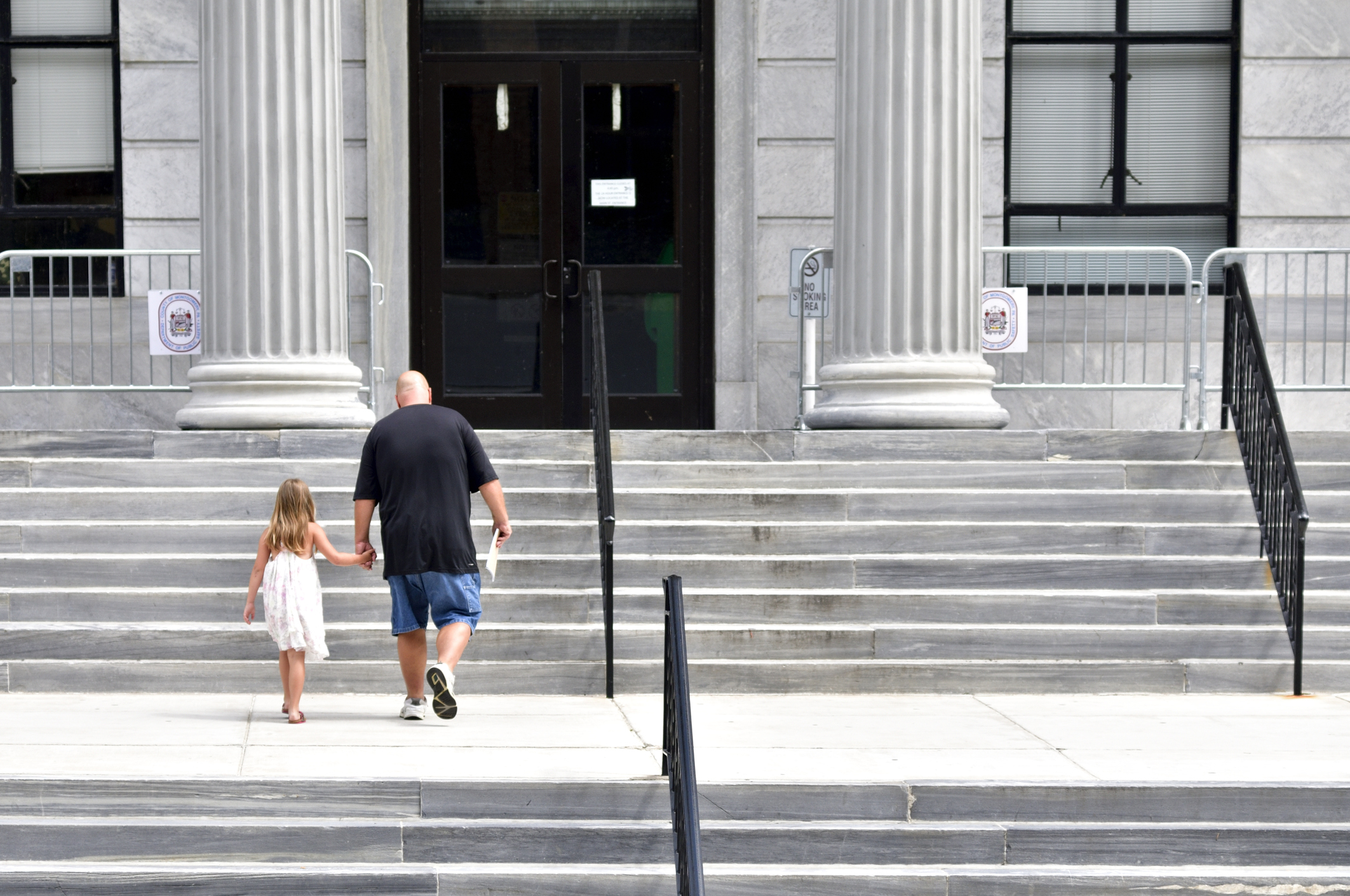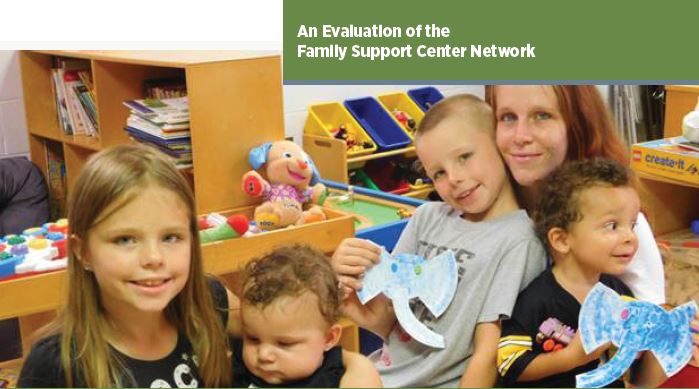What is an out-of-home placement?
The Allegheny County Department of Human Services (DHS) is mandated by law to protect children under the age of 18 from abuse and neglect. When a child welfare investigation finds that a child is at risk of abuse or neglect, a case is opened, and DHS works with the family to identify natural supports and other supportive services that will help the child remain safely in the home.
If DHS finds that the child cannot continue to reside safely in the home, the case is brought before a judge, who may determine that a temporary home, called an out-of-home placement, is necessary. Whenever possible, out-of-home placements are in homes of relatives or friends of the family (known as kinship care) or in foster homes. Less often, children are placed in congregate care in either a group home or a residential treatment facility. At the end of an out-of-home placement, DHS aims to reunite children with their families whenever possible. If a child cannot return home, DHS works to identify other permanent options such as adoption or permanent legal custodianship.
What data is tracked?
This report and related dashboard provide an overview of child welfare placement dynamics during the decade 2008-2017. Data describe characteristics of children in placement, what types of placements were used, how long children stayed there, where they went after their placement ended (also known as exits) and how many returned to the child welfare system after returning home (also known as re-entries).





